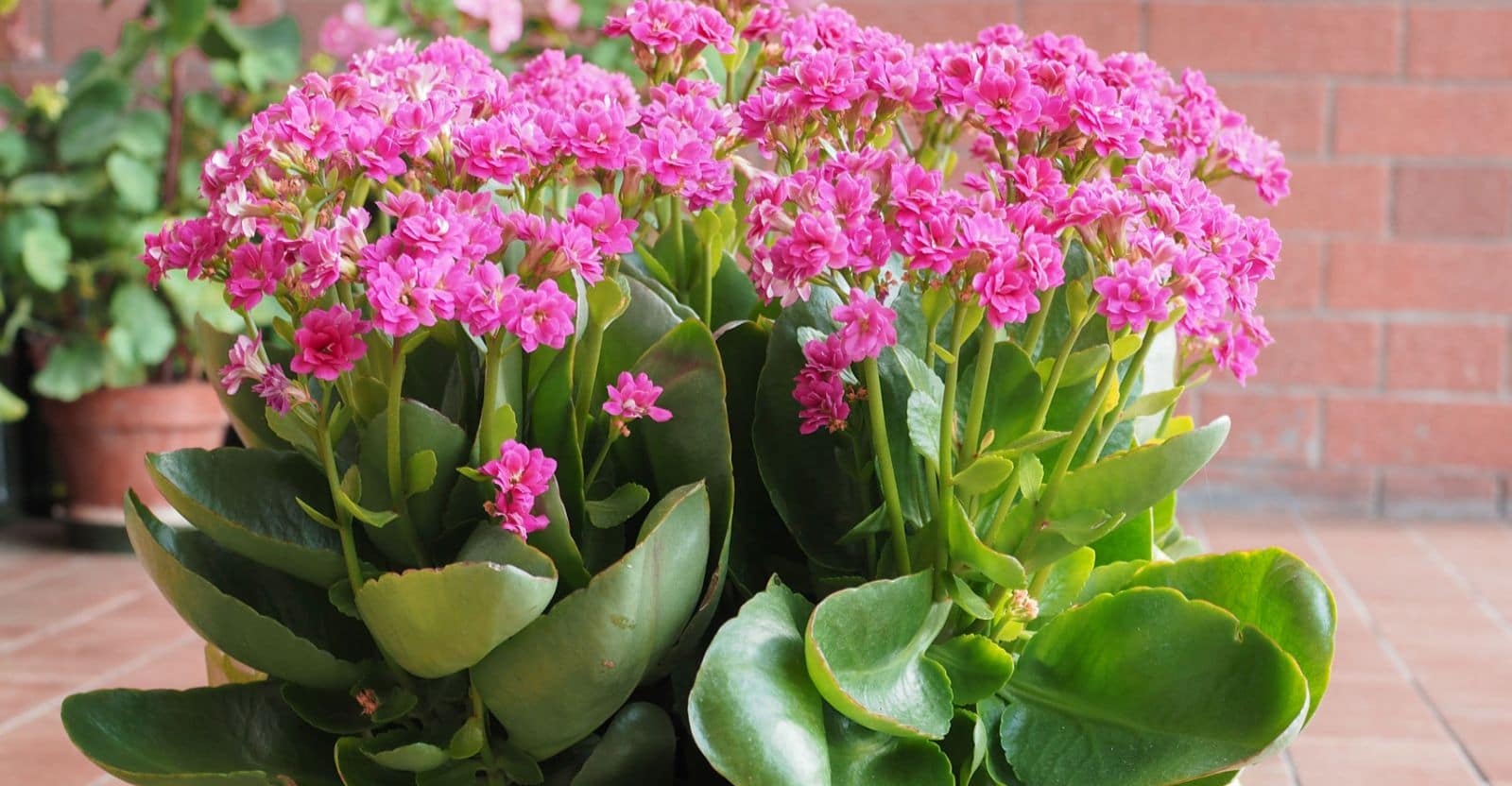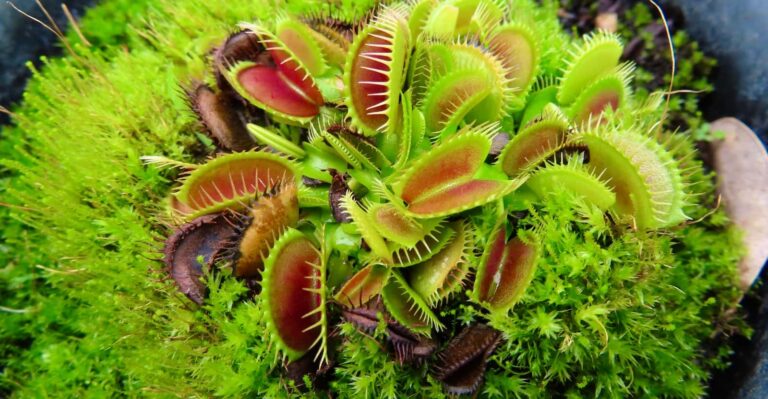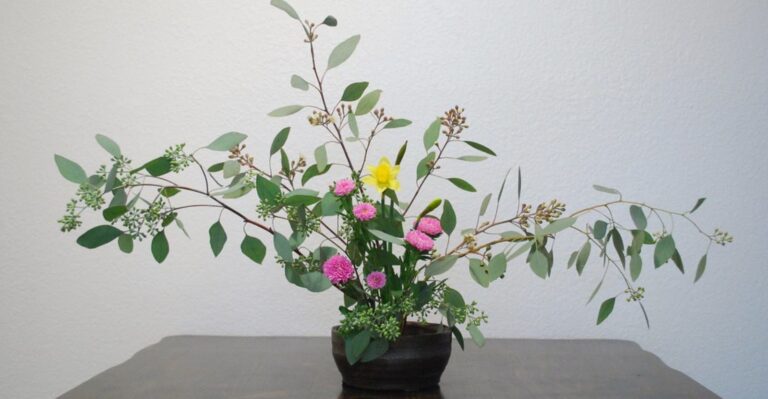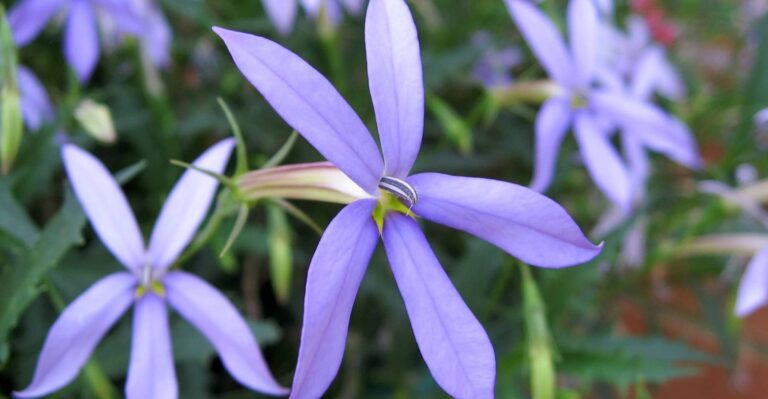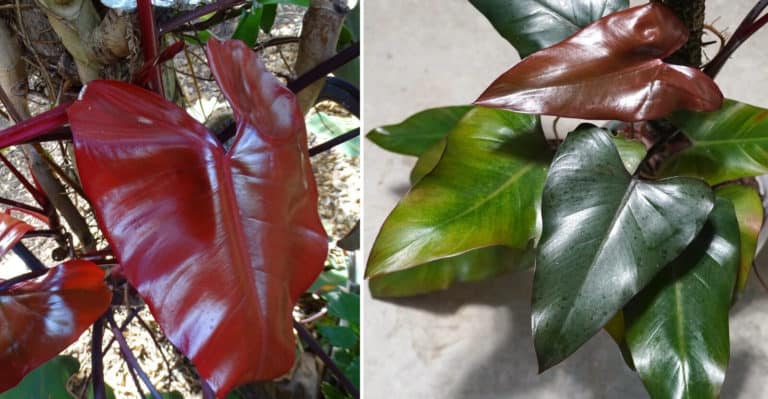Amazon has put together some great Home Gift Deals – save money and get your shopping done at the comfort of your home! Click here to see deals on Amazon
Kalanchoe is a beautiful flowering plant that is both easy and rewarding to grow indoors or outdoors. They’re noted for their fleshy leaves and bloom flowers with bright colors, often red, white, yellow, and several other colors.
The great thing about Kalanchoe is that since it’s succulent, it doesn’t need a lot of care. Plus, it’s hardy and not picky when it comes to the type of environment where you can grow it.
This post is all about how to grow your Kalanchoe and keep it healthy for years to come.
What is a Kalanchoe plant?
Kalanchoe is succulent, and they come in a wide variety of sizes, multiple ranges of colors, and forms. They’re popular houseplants because they’re fairly hardy. You can quickly reproduce it from the leaf or stem cutting.
This plant is native to South Africa and Madagascar, so it’s quite hardy. The potted plant thrives in many different conditions.
It’s usually grown as an ornamental plant due to its attractive scalloped leaves and can bloom all year long. But it’s most commonly grown for its leaves, which are bright, colorful, and form a rosette.
Kalanchoe leaves are thick and waxy with dark green color. Most kalanchoe leaves have scalloped edges with four-petalled colorful flowers that bloom in clusters above the foliage. Some hybrid varieties flower 26 petals per bloom that look very attractive when planted indoors.
What are Kalanchoe varieties?
There are over more than 100 kalanchoe species, but only a few are more popular, often seen for sale in stores. Here are some popular kalanchoe varieties:
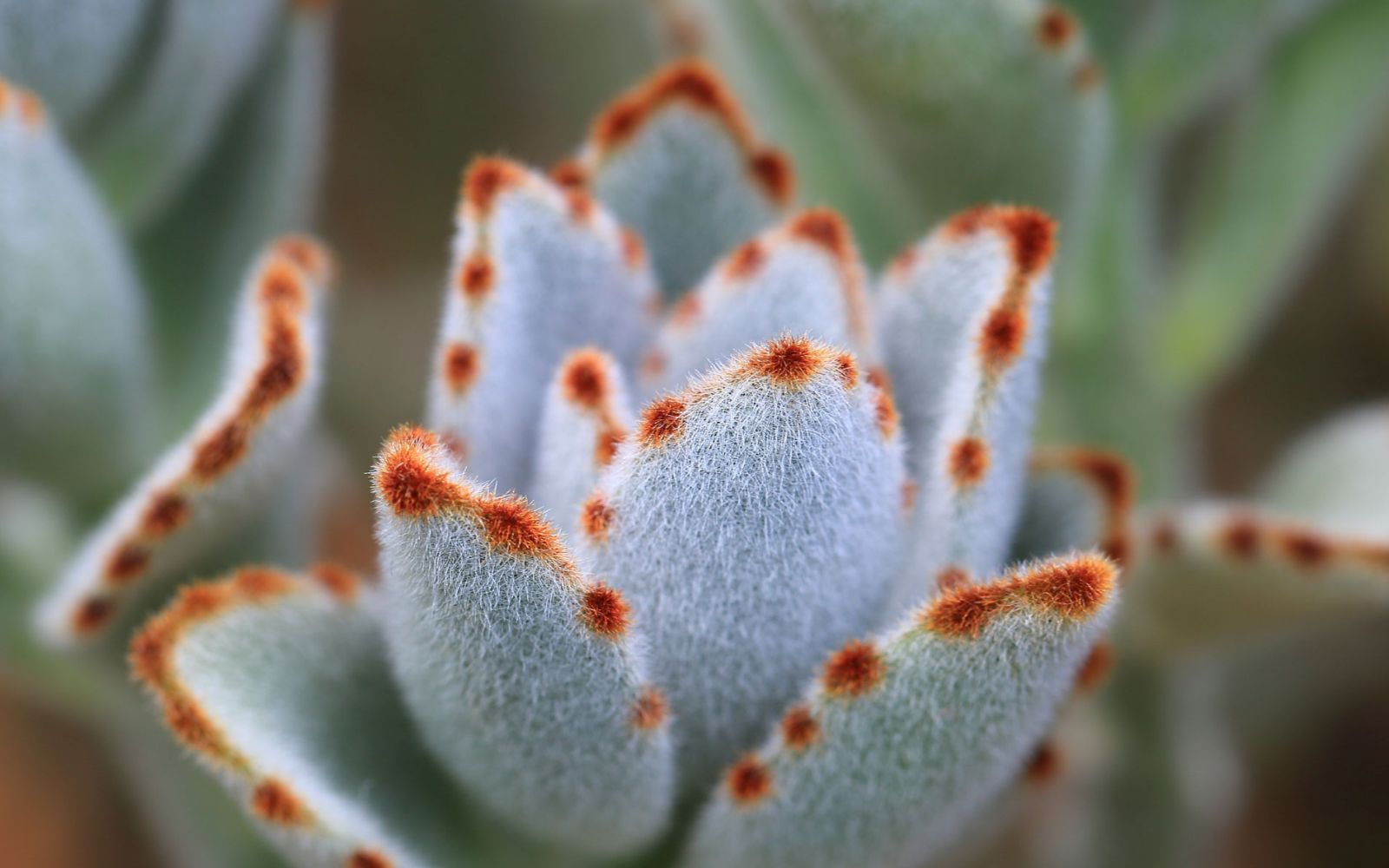
Kalanchoe tomentosa “Panda Plant”: These are hybrid succulents that were selectively bred as flowering succulents and found in various colors. It got its name due to the characteristic white hairs that cover its leaves. The velvety feel of the leaves is like an adorable panda’s fur.
Kalanchoe blossfeldiana “Flaming Katy”: It’s a flowering succulent with bright red and orange hues. It’s great for those who are just beginning their garden projects because it’s hardy, easy to grow, and has few pest or disease problems.
Kalanchoe uniflora “Mother of thousands”: It’s a drought-tolerant succulent that needs little water beyond what is naturally available to it. It has a thick fleshy stem that can survive in temperatures as low as 32 degrees Fahrenheit.
Kalanchoe pinnata “Strawberry Kalanchoe”: It has beautiful rosette succulent leaves that grow to about 8 inches wide. The leaves are bright green, with stubby spines along the leaf margins.
It blooms yellow flowers that grow in clusters. The flowers are bracts, which means they look like green leafy flowers but are modified leaves.
Kalanchoe porphyrocalyx “Pearl Bells”: It’s widely available as a house plant that is easy to grow.
It can be brought outside in a container during summer but must be brought back indoors at the first sign of frost. It has slim and slender leaves and blooms distinctly looking beautiful pendant flowers.
Is Kalanchoe perennial or annual?
Kalanchoe is a perennial succulent that is easy to grow indoors. It’s a member of the Crassulaceae family and is widely available at nurseries and garden centers.
Sometimes people mistook it for an annual because it doesn’t have a long-blooming season. Plus, it won’t survive the winter outside in many areas.
Kalanchoe species are slow growers and take between two and five years to become mature and fully grown.
The flowers of Kalanchoe are small and aren’t very delicate, but they’re quite beautiful in their way. Most garden places sell it in six-inch growing pots where it grows up to 12–14 inches tall.
Plant growing summary:
| Factor | Growth Condition |
|---|---|
| Soil | Well-drained soil |
| Water | Water moderately and let the soil gets dry between the water cycle |
| Sunlight | 10–12 hours of indirect sunlight |
| Temperature | 68 to 70° F (20 to 21° C) |
| Fertilizer | Feed biweekly in summer |
| Propagation | Stem and leaf cutting |
| USDA Zone | 10–12 USDA zone |
How to propagate Kalanchoe
There is no doubt that succulents are a great way to add greenery to your home or office. They’re easy to care for and look great in a variety of display options.
When it comes to propagation, succulents have multiple options, with the most popular being leaf-cutting and stem-cutting options.
Propagate Kalanchoe with leaf-cutting
Leaf-cutting is the easiest way to propagate Kalanchoe. You should place the leaf you removed from the succulent stem on the surface of dampened soil. In about ten days, the leaf will begin to take root and sprout.
When the new plant has grown 4 or 5 leaves, pull it from the soil and transplant it. Ensure you place it where the temperature remains at 68 to 70° F (20 to 21° C).
Propagate Kalanchoe with stem cutting
Choose a healthy mother plant and cut off a side branch with a pruner or scissor. You should also sterilize the cutting tool by rubbing alcohol to prevent any infection to the new cut.
Allow the stem cutting to dry out for 4–5 days, then insert the branch into the soil. As an optional step, to encourage rapid root growth, you can dip the cutting into a rooting hormone before inserting it in the ground.
Keep the soil constantly damp and leave it in a partial shade area during the first half month till the new roots start to grow. After the succulent has taken root, you can care for it as usual or transplant it in a bigger pot.
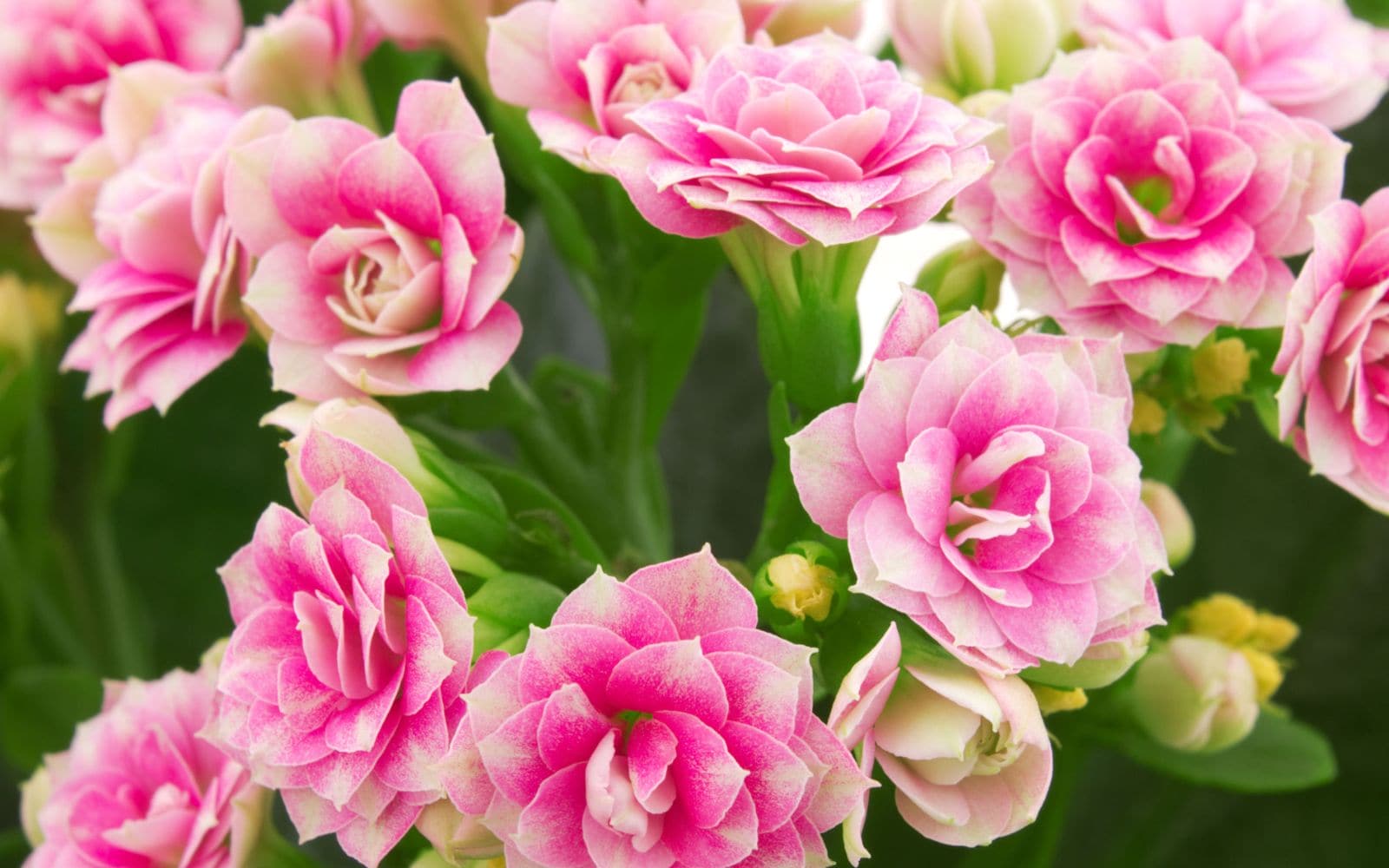
How to transplant Kalanchoe
You may consider transplanting Kalanchoe whenever you need to move it to a bigger-sized pot or need to change the soil. You start by removing the plant from its container and moving it to a sturdy pot.
Remove any darkened roots, as this is a sign that they’re rotten. Dust off the old soil from the root and safely discard it as well. Then, add in the fresh soil mix. You should spread the root apart for better air circulation before putting it back again in new soil.
After you’ve finished transplanting, gently tap the pot to level the ground and place it in a partial shade for the roots to grow.
Note:
Avoid buying succulent plants that have a long stem, and there is a lot of space between the leaves. It means that the plant has stretched out due to a lack of sunlight. Also, pay attention that the plant shouldn’t be etiolated (pale or feeble) and the leaves not discolored
How to care for Kalanchoe
Kalanchoe is among the easiest to care for succulent plants. Some common misperceptions are that it’s difficult to care, but this isn’t the case. Here is what you need to know to help you keep your plant healthy and happy.
Soil
Kalanchoe requires well-drained alkaline soil. You can use an organic potting mix that contains perlite, peat moss, and organic compost. It keeps the ground moist but not overly saturated. Use a pot that has a hole at the bottom for appropriate drainage.
For best results, mix five parts small-grain Akadama, three parts Kanuma soil, and two parts mulch for good drainage, water retention, and breathability ratio. Add a layer of gravel-like large-grain Akadama or pumice to the bottom of the pot.
You can place soil in a clay pot as it allows the excess water to drain, and the clay’s porosity enables the air to pass through to the roots.
Water
The great thing about Kalanchoe is that it’s a very robust succulent plant that can thrive in low water conditions. This makes it simple to maintain as you don’t have to worry about watering it daily.
You should let the soil get dry between the watering schedule to prevent root rot and water it to the point of saturation. When you’re planting it indoors, water it twice per month in the fall.
But increase it to 3 or 4 days after the soil dries up during spring and summer. It’s preferred that you water it once in the morning or evening.
You can reduce the watering frequency to once every ten days to half a month in the morning or evening in the fall season. If you’re not sure if you need to water it, check the soil if it’s sufficiently dry. The best way to check is by inserting a finger a couple of inches in the ground and feel if it remains dry.
The succulent leaves store water that it needs to survive, so don’t be concerned if you’re a few days late to water. Always be careful to overwater than underwater. You should avoid getting leaves wet and don’t overwater as it causes root rot.
Fertilizer
Fertilizing flowering Kalanchoe helps with the bloom and enhances the beauty of the plant. Feeding well-balanced nutrition during spring and summer helps with flowering. Use a fertilizer that has a higher potassium concentration as it helps with the production of extra buds.
You can spray 20-8-20 fertilizer every two weeks during the new growth but reduce it when the flowering starts. It’s equally important not to overfertilize it as it causes the root to get spoiled. Some experts also suggest using compost, but it’s not a substitute for fertilization.
Adding compost to the ground improves its fertility by increasing cation exchange. Whereas adding fertilizer to your soil adds nutrients that plants can then absorb through cation exchange.
Temperature and sunlight
Succulent need light and warm conditions to thrive, and this is true for Kalanchoe as well. Its several species require a relatively high amount of warmth for their succulent leaves to expand and thicken. It thrives in temperatures ranging from 50 to 70 °F during the day and 45–65 °F at night.
Interestingly, the slightly lower temperature at night prolongs the blooming time but don’t let it get exposed to freezing weather. Also, it grows best in full indirect sunlight. It can even tolerate bright or low indoor lights that make it easy to care for.
The ideal place is to place it near the south-facing window from where it can get indirect sunlight. Be careful not to put it in direct sunlight as it may cause the leaves to get scorched, and it won’t flower.
If you’re planting it in a container, you can place it outdoor on the patio during the summer but be careful not to let it get exposed to direct sunlight for long.
Bring it inside once the temperature begins to drop again. The good thing about Kalanchoe is that it can survive in a dry condition, and you don’t have to worry about providing it with a specific humidity level inside your home.
Pruning
If you have a Kalanchoe plant, you might notice that some leaves start to curl up that look unattractive after a while. You can safely pinch these leaves off without hurting the growth of the plant.
The leaves curling is often a sign that either plant isn’t getting proper growing conditions or is merely old leaf. But if you pinch them off, the succulent will direct its energy on the healthy leaves.
You may also decide to prune it to give it desired shape. You can use a snipping scissor or pruning sear to snip off the rosette, leaving one to two inches of the stem. You can use the pruned leave for new propagation or discard it. The plant usually recovers in a few months and grows fresh leaves to cover any gap.
Deadheading any old and worn-out flower encourages new flowering. You should let it rest between the blooming period and don’t overfertilize it.
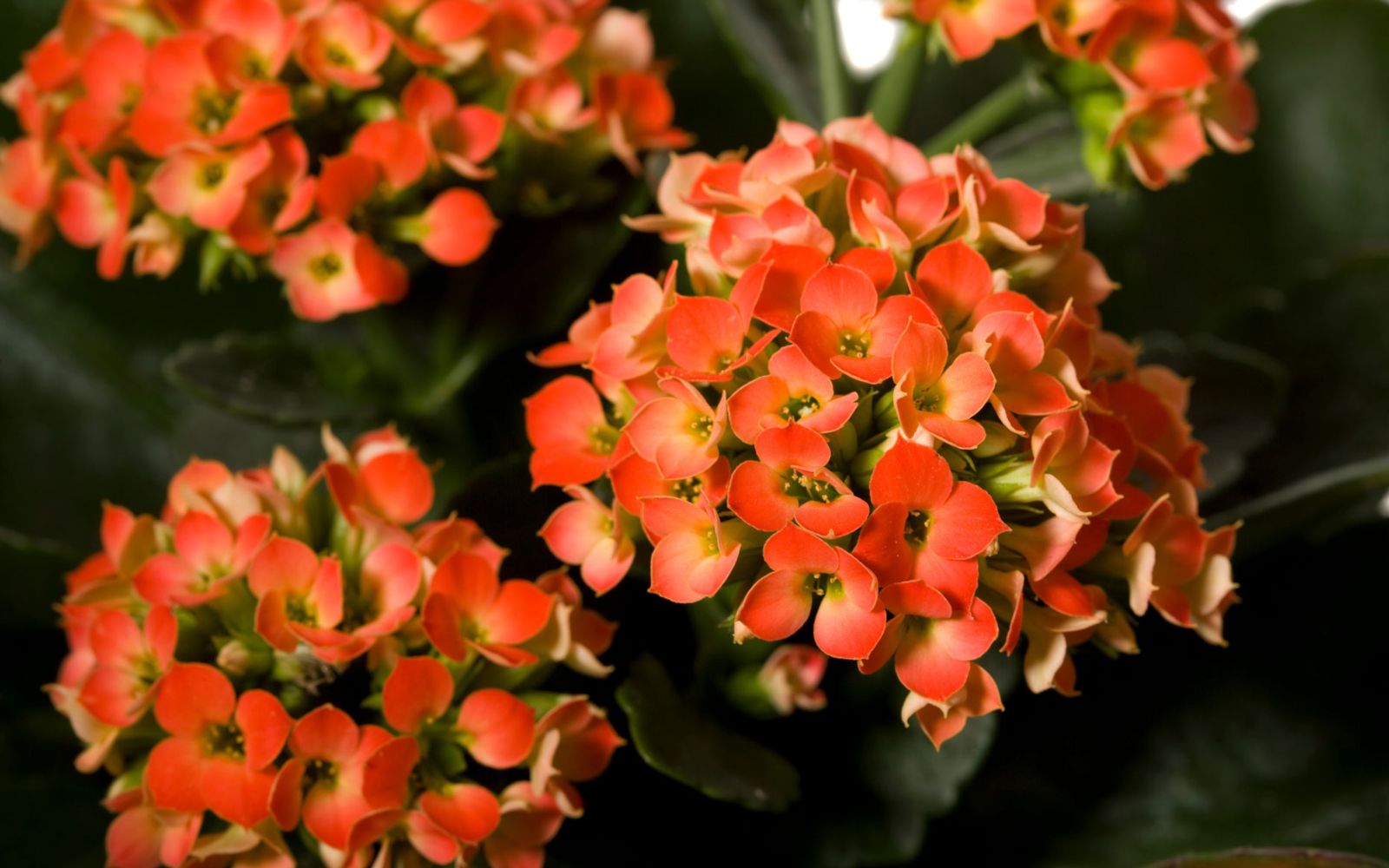
How often do Kalanchoe’s bloom?
So, you just got a Kalanchoe and wondering how long it will take to bloom. The answer depends on the Kalanchoe’s species. For example, Kalanchoe blossfeldiana, also known as flaming Kalanchoe, is considered the most dependable bloomer that can bloom every 2 to 3 months if given the right condition.
Naturally, Kalanchoe blooms during late winter to early spring. You can trick it into frequently blooming by placing it at 12 to 14 hours of low light condition. Usually, the flower lasts from 2 to 4 weeks and needs some resting period before blooming again. The resting period helps the plant to recover for new growth and bloom again.
To encourage new bloom, you should also remove any old flowers. It helps it to preserve its energy, not supporting older bloom. You should also cut back on water during the fall and use high potassium fertilizer to promote flowering.
Kalanchoes are photoperiodic, which means they respond well to the equal period of light and darkness. This is why you can force it to bloom by mimicking 12–14 hours of low light condition. Don’t feed or water the plant when it’s dormant but move it to full indirect light and resume watering when you see flower buds.
How do you save an overwatered Kalanchoe?
Unfortunately, many plants in a succulent collection succumb to overwatering. Kalanchoe plants are a particular concern as their fleshy leaves, and delicate roots are more prone to rot if they become waterlogged.
Luckily, it’s possible to save an overwatered Kalanchoe, so long as you take certain precautions. First, you should observe the soil and check if it’s just a large soil clump that you can’t separate.
You should drain any excess water in the soil and place it where it can get indirect sunlight to let it dry. You can also carefully remove the succulent from the soil and inspect the root. You need to cut down any black or rotten root and let it dry in the open air for 2 to 3 days.
You can also change the soil that usually helps the plant to recover faster. Make sure to prepare a container that has a good drainage hole at the bottom. Placing 2–3 inches of gravel at the bottom of the pot and spreading soil on top of it helps drainage and prevents future overwatering conditions.
If all else fails and you can’t revive it, you can propagate it in a new soil either with leave or stem cutting.
Is Kalanchoe Toxic to pets?
Kalanchoe is toxic to pets such as dogs and cats. The thin green leaves and flowers contain poisonous chemicals called bufadienolide that may become harmful when consumed in large quantities.
If you see severe gastrointestinal distress signals in your pet, such as vomiting, diarrhea, or panting, you should get your pet checked with a veterinarian.
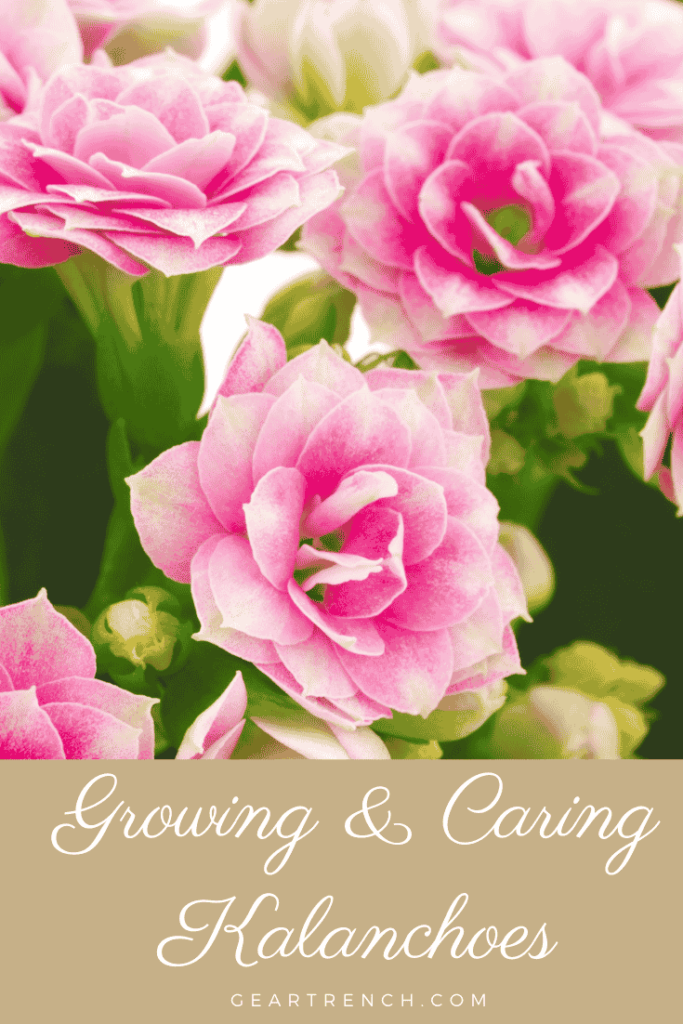
Don’t forget to share this post

